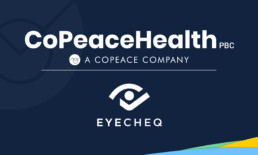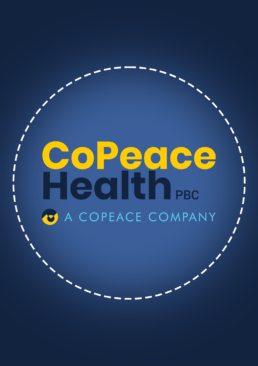
Share
Writing Better Newsletters
By Jim Crawford
Five tips to start improving your newsletters
Whether you’re sending daily email blasts, weekly newsletters, or even quarterly reports, communicating with your stakeholders via email is an important skill. Just like any other medium, understanding how your audience engages and digests information via email is crucial to effective newsletters. This is already an audience that trusted you with their email address. They are often a captive and engaged group, so it’s important to provide them real value each time your newsletter lands in their inbox.
Let’s take a look at five tips for newsletters that are simple to pick up to increase reader engagement.
Establish a welcome funnel
A welcome funnel is the email(s) a new subscriber receives when they join your list. This could be as simple as a single, text email welcoming them to the list. When thinking of what to include in your welcome funnel, address common things like: (a) How often users should expect emails from you, (b) what topics are covered in the newsletter, and (c) subscription management options.
Be consistent with the schedule
Probably the worst thing you can do is push out your newsletter on an inconsistent basis. An inconsistent schedule leads to lower levels of engagement and a disconnect between your subscribers and your organization. When followers can expect a consistent flow of information, it helps establish trust and credibility.
Quality not quantity
With the rare exception of a newsletter that is explicitly a collated list of items on a topic, your newsletter should probably be a distillation of the topic, industry, news, etc. The chances a recipient clicks more than three links in your newsletter is basically zero. So, what’s important? Which three things would you actually like them to click? This should be your content. Now give it quality. (My friend Lindsay wrote a great blog on accomplishing this).
This also goes for copy. Quality over quantity. No one is reading paragraphs of an email, but you might entice them enough with a good headline or pull-quote to click, instead of their eyes glazing over. But don’t be click-bait-y (enticing your reader to click without following through on your promise). Be sure your content delivers on what the headline offers.
Mix thought leadership with internal and external news
This one might be a bit subjective, depending on your organization and nature of the newsletter. However, a good rule of thumb, the newsletter should include a nice mix of relevant news about the organization, as well as external information you might want to share with your stakeholders. Yes, the newsletter should celebrate your organization’s news, activities, and staff, but it’s not a sales tactic. It’s information dissemination and sometimes that information comes from another thought leader in the space.
Understand delivery times, mail platforms, data and user interface
Ever notice you might receive multiple list emails right at the same time? It’s probably been deemed an active email time for your part of the world, and many email management platforms offer this insight to users to better engage their audiences.
This is just one example of a type of tool that can be used to improve engagement. Understanding the services and data analytics offered to you, can help increase your effectiveness in communicating with subscribers. Take the time to read through provided documentation and become comfortable with the terminology and layout.
Many of these tips are easy to pick up, but difficult to execute consistently. No single piece will make your newsletter the most effective. It will be a culmination of doing a lot of little things correctly, which result in concise and clear communication that is engaging for your constituents.
Jim Crawford formerly worked with CoPeace in business communications. As a forward-thinking holding company, CoPeace is building a portfolio of carefully selected for-profit companies with measurable social and environmental impact. To learn more about impact investing, check out CoPeace’s Intro to Impact Investing.
Related Blogs
Nakeita Norman | Partner
June 2, 2025
Barbara Winter | Impact Director
January 14, 2025
Umadevi Gopaldass | Board of Directors
April 23, 2024








